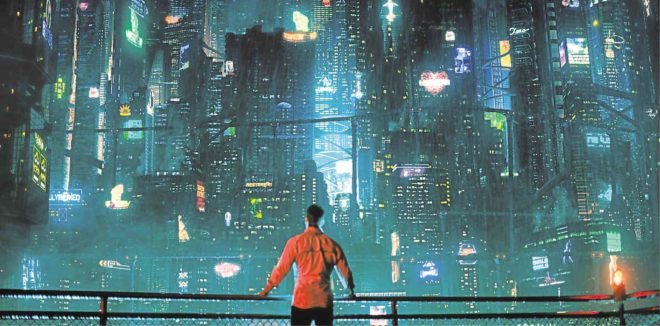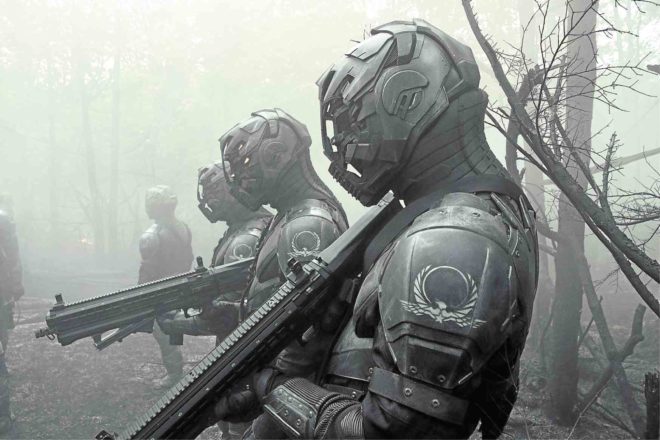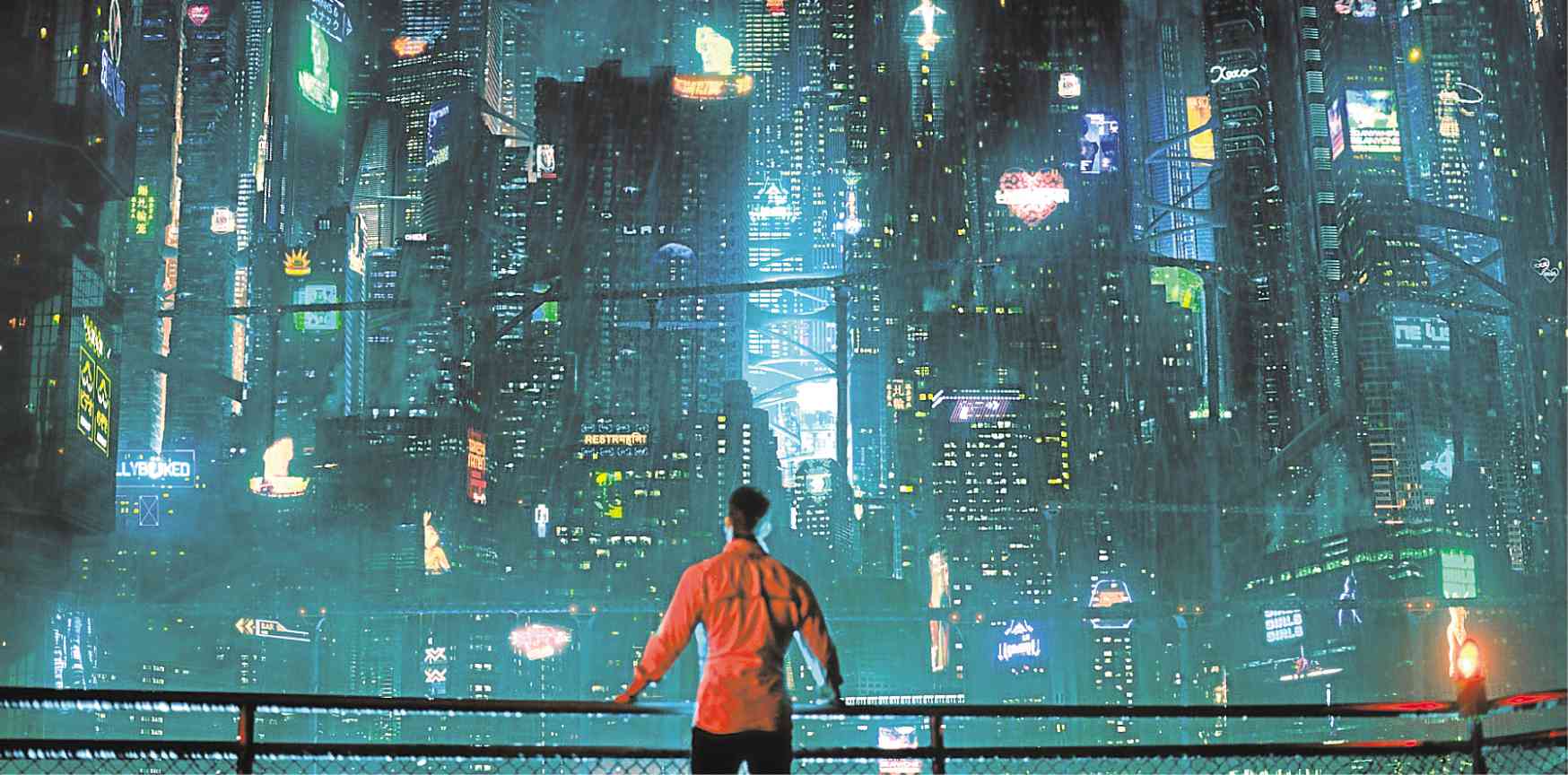
What if you could live forever—but only if you can afford it? This is the devious code source at the heart of the new Netflix series “Altered Carbon.” In the show’s future, human consciousness can be downloaded into chips called stacks and transferred from one body to another—the bodies are called “sleeves.” The process, called “re-sleeving,” is expensive, and only the truly wealthy can keep re-sleeving as each of their current bodies die. These impossibly wealthy people secretly run the world, and they are called “Meths,” derived from the biblical character Methusaleh, the oldest man in the Bible.
At the beginning of “Altered Carbon,” a man named Takeshi Kovacs (Will Yun Lee) is reborn in the body of a disgraced Los Angeles police detective named Elias Ryker (a very physical, very glowering Joel Kinnaman from “Robocop”). Kovacs is no mere mercenary. He is the last of the Envoys, a group of enhanced super soldiers whose minds can be sent to different parts of the universe through a process called “needlecasting.” Kovacs has been re-sleeved because a Meth named Laurens Bancroft (James Purefoy) wants Kovacs to solve a murder—Bancroft’s. Dismissed as a suicide, Bancroft (who was automatically re-sleeved at death but can’t remember his last 48 hours) thinks there is something sinister amiss.
The first half of “Altered Carbon” focuses almost exclusively on Kovacs’ investigation—but the second half turns into a true conspiracy involving rebellion and corruption. It’s a fascinating exploration into what happens when the developments one would consider good (virtual immortality, interplanetary travel, virtual reality, artificial intelligence) become implements of the oppressors, in this case the Meths and the dystopian government, the Protectorate. By the series’ conclusion, the plot folds into itself and viewers get the big picture behind the show’s premise.
Solid production
It helps that “Altered Carbon” is really, really good. The show has solid production credentials, as the pilot was directed by Miguel Sapochnik (he won an Emmy for directing the “Games of Thrones” episode “Battle of the Bastards”). But “Altered Carbon’s” real ace in the hole is the source material: It’s based on the first of the spectacular cyberpunk books featuring Kovacs by author Richard K. Morgan.
Much of that novel’s dark, deceptive drive is reflected in the show. Visually, “Altered Carbon” calls back to the sights of the original “Blade Runner” as well as the designs of manga mastermind Masamune Shirow. It’s a mix of bright, promising lights and the dank, deep truth, a mix of glitz (the illusion) and grit (the reality), intricate on the outside and hollow inside. “Altered Carbon” doesn’t skimp on the graphic violence and sex—it’s everywhere.
This is Kinnaman’s biggest role yet—Kovacs is in almost every scene—and he takes a big swing at the role. His Kovacs is a troubled survivor who still seeks the precious things he’s lost but is instinctively equipped to destroy whatever stands in his way. It’s a victorious, vicious turn for Kinnaman. Purefoy is all boozy violence and bloody artifice. Martha Higareda makes quite an impression as determined detective Kristin Ortega who is fighting the powers that be but also has a past with Ryker.
But aside from Kinnaman, the breakout perfomance in “Altered Carbon” is Renée Elise Goldsberry (yes the original Angelica Schuyler in Lin-Manuel Miranda’s “Hamilton”). Goldsberry bares her fighting skills in her scenes as Quellcrist Falconer, the badass revolutionary founder of the Envoys—who, of course, has a past with Kovacs. She will play a very important part in all this.

Complex universe
The ten episodes of “Altered Carbon” start out following Kovacs on the street, introducing the world the showrunners have built. The show then starts building on this, until the setting and the stakes are much bigger and much higher. It certainly helps that Morgan has crafted such a complex, problematic universe and populated it with characters who are flawed but compelling. There’s social commentary left and right once the viewers start to see the problems that come with all this new tech. Then the showrunners stage one kinetic fight scene after another. “Altered Carbon” actually doubles down on the fights, as each succeeding episode seems to feature more fights than the episode before it. The finale is wall-to-wall fighting, yet it never feels dumb or forced. In a time when so many elements are within human control, violence remains the great equalizer. The real terror lies beyond the technology. You don’t have to be digital to be dangerous—but it helps.
“Altered Carbon” is very high-concept sci-fi TV done with stylishness as sharp as a military knife. It’s one of the best things Netflix has done. The show presents a future we should want—you can live forever and travel to the far reaches of the universe or inside a very realistic construct, be whatever and whoever you want to be—but at a price only the elite can afford. “Altered Carbon” reminds us that, regardless of who were are and what we look like—we can still fight the future.
“Altered Carbon” will begin streaming on Netflix on Feb. 2.














































